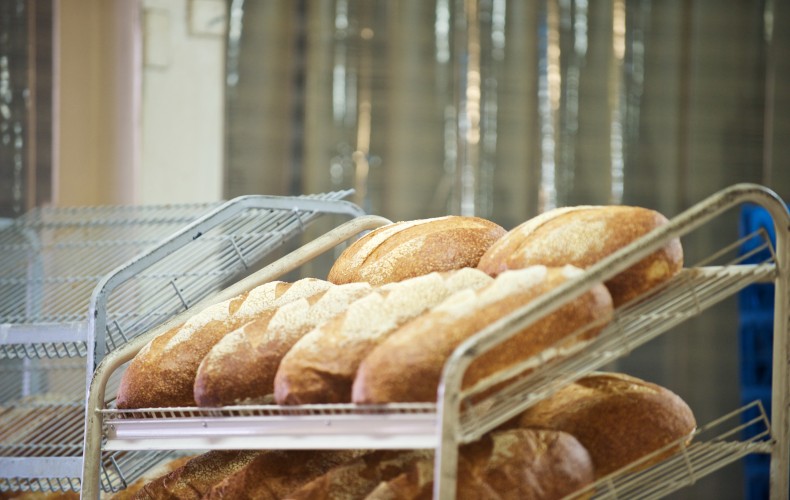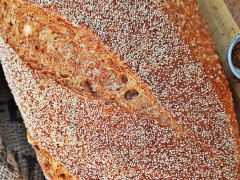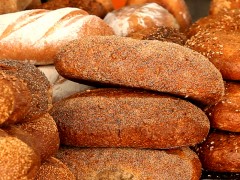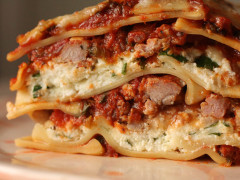There’s no denying that interest in sourdough bread has sky-rocketed in the past 5 years, and the wave of curiosity and enthusiasm surrounding our favourite fermented food shows no signs of slowing down.
For the most part, this is fantastic news. More consumers are aware of the health benefits of sourdough, more chefs are looking to cook with sourdough and more bakers are returning to age-old methods of producing bread which tastes better, and is more gentle on all of our digestive systems.
But there is always a flipside to the popularity coin. In this instance, that flipside is a small representation of “dodgy” bakeries trying to make a quick buck by riding the wave of popular trends – like claiming they make sourdough that isn’t, in fact, “real” sourdough at all. Does it matter, I hear you ask? Surely if it tastes good and you enjoy the bread, that’s the main thing? It’s up to you. If you feel that paying less for a product which is lacking the nutritional benefits and which may pack less of a punch in the taste and texture departments is a fair trade-off, then that’s up to you.
If, however, you’re after real sourdough bread made by real artisan sourdough bakers and would like to invest in your family’s well-being, here’s a few bona fide’s to look out for…
- Ingredients. Real plain sourdough should contain nothing other than flour and water, perhaps a little oil and salt. The key ingredient is the natural leaven (commonly referred to as the “starter” or “culture”) which is simply fermented flour and water which has been nurtured over time (ours has been going for over 20 years). It is the leaven hence the fermentation process which is the catalyst for all the nutritional goodness sourdough provides. We simply add other ingredients like Soy & Quinoa or Kalamata Olives for taste or health reasons, but never to make the dough rise.
- Sourdough shouldn’t contain vinegar or sour cream (some dodgy folk add these to fake the tangy taste), and they should never contain commercial yeast.
- Some sourdough ingredients lists may include wild yeast – this is OK, as it refers to the wild airborne yeast which naturally ferments the start culture to leaven the loaf. This is not the same thing as commercial, dried or bakers yeast.
- Fake sourdough is often lighter in colour outside and white inside, while genuine sourdough is usually baked browner and has a cream-beige inside, as well as a chewier texture and larger open crumb. Real sourdough is also usually a more full-bodied texture compared to the light n fluffy imitation.
- Baking sourdough is a skilled, time-consuming process requiring high quality ingredients, so if a loaf is less than $4 or $5, it’s unlikely to be real sourdough.



